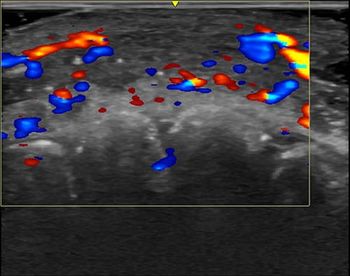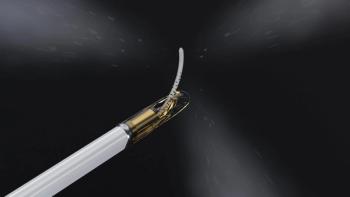
Alliance files for IPO to back expansion plans
Alliance Imaging, a La Palma, CA, imaging services firm, is goingpublic again. Alliance originally raised public equity througha listing on the NASDAQ exchange in 1987 (SCAN 9/16/87). But managementtook the company private with a leveraged buy-out (LBO)
Alliance Imaging, a La Palma, CA, imaging services firm, is goingpublic again. Alliance originally raised public equity througha listing on the NASDAQ exchange in 1987 (SCAN 9/16/87). But managementtook the company private with a leveraged buy-out (LBO) a yearlater (SCAN 11/09/88).
The initial public offering will be for 6 million shares atan expected price of $11.5 to $13.5 per share. Alliance will againbe listed on NASDAQ, this time using the stock symbol SCAN.
Alliance wants more equity to finance faster growth in itsmagnetic resonance imaging business. The firm is still predominantlya mobile MRI provider, although about 40% of its business nowinvolves fixed sites or stationary mobile units, said presidentRichard Zehner.
Funds will be used to pay off debt, much of which was incurredto finance the LBO. This should place Alliance in a stronger positionfor equipment purchases, hospital fixed-site joint ventures andacquisitions of existing imaging operations.
"There is a lot of consolidation in the industry, andsome strong opportunities for acquisitions," Zehner toldSCAN.
Alliance has purchased eight MRI systems this year, all butone of which is high-field. The firm would like to buy more, hesaid.
Scanner purchases this year include:
- five Picker Vista systems (one 1.5-tesla and four 1-teslamachines);
- one GE 0.5-tesla MR Max and one 1.5-tesla Signa; and
- one 1-tesla Siemens Magnetom. Another 1-tesla unitis being negotiated with Siemens.
This marks a transition for Alliance, which has been predominantlymid-field-focused. The company is reacting to demand from itscustomers for high-field systems. That demand comes largely frommid-sized hospitals, many of which are mature accounts that haverun mid-field systems in the past, Zehner said.
"We find that when our mid-field customers mature, theyare often busier, so throughput is an issue. Plus, when a hospitalhas had a mid-field for years, it tends to want a higher fieldstrength (in a new MRI system)," he said.
Many accounts choose to work with a stationary van parked outsidethe hospital when they opt for a full-time MRI system. Some haveinvested large sums of money in constructing mobile access facilitiesand find it more economical to park a mobile MRI than to constructa room inside, he said.
Newsletter
Stay at the forefront of radiology with the Diagnostic Imaging newsletter, delivering the latest news, clinical insights, and imaging advancements for today’s radiologists.




























